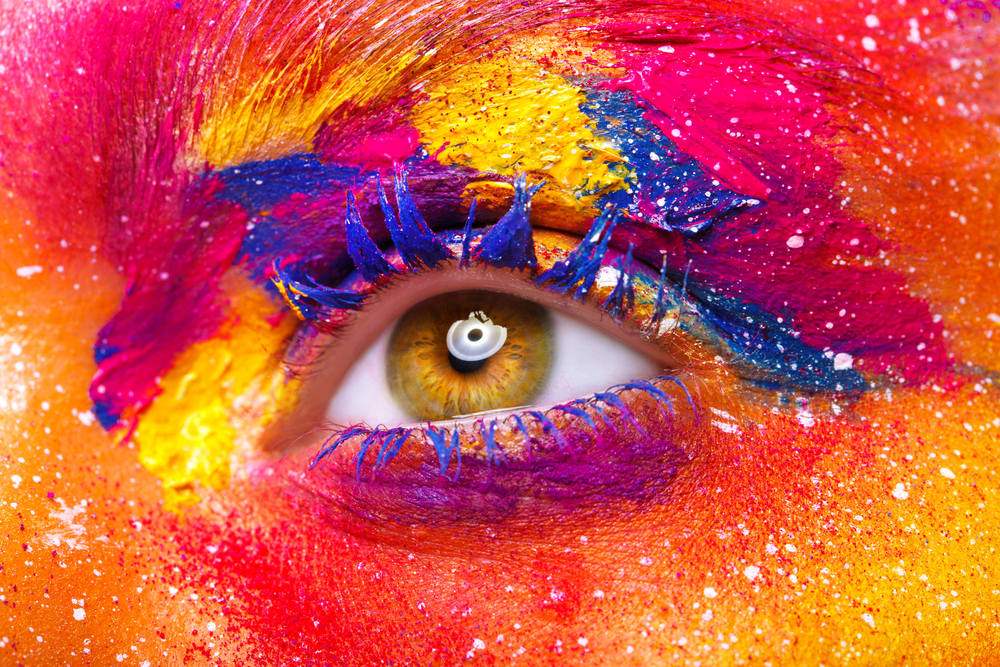
Years ago my mother and her friends used to go and get their colours done with Colour Me Beautiful. This was like a personal stylist service that matched your own natural hair colour to a season. You could be spring, summer, autumn or winter. By finding your right season you could figure out what colours worked best for you when shopping for clothes or make-up and in the long run become a more ‘beautiful’ version of yourself!
Well I don’t really use the Colour Me Beautiful services but I wish I could apply this concept to eLearning. I get asked a lot of questions about colour when I teach the Master eLearning course….. what colours go well together?…… how do I know which colours to use and when? …….. how do I find out what colours compliment my company’s colours?
Q. 1: Should I use a dark or light background?
The best answer here is to use black text on white light background. Using a pure white background can put more stress on the eyes. Instead, it’s recommended to use a non- white background. White reflects light and this actually makes it harder to read large amounts of text on a screen e.g. a paragraph.
Q.2: When should I use certain colours?
This question came up in Connect (social collaboration site we use on the course). It was brought up by Andy, a fantastic contributor to our space.
Colours for Memory: there has been a lot of research done in this area. In a study done by Dzulkifli and Mustafar (2012), they found that “warm types of colours such as yellow, red and orange have been found to have a greater effect on attention compared to the cool type of colours like brown and grey”. These types of colours can be give your design a positive, energising feel with yellow seen as the most positive and energising colour.
Colours can also have an emotional effect on us …. “It was found that the majority of participants associated green colour with the feeling of calmness, happiness, comfort, peace, hope, and excitement. Black colour was associated with the feeling of sadness, depression, fear, and anger” (Dzulkifli and Mustafar 2012).
It is recommended to include cool colours such as greens, blues and purples to your work to give it a professional look and also to give a sense of calm. Here are to view some great examples of where different colours have been used when designing web pages.
We also have to be mindful of people who are colour blind and make our content accessible for them. Research has shown that 1 out of 12 males and 1 out of 20 females are colour blind. Red- green colour blindness is probably the most common so we need to take this into consideration when designing our content. Take the colour blind test here.
Q.3: How do I choose a colour scheme?
Most of us have to use our company colours when we design our eLearning courses. I recently delivered a two day eLearning workshop in Sydney and the company I was working with were really sick of using their main corporate colours and wanted to ‘mix it up’ a little. I’m sure there are others in the same position but may not feel confident about knowing what colours work well together. There are some really great free online tools out there that help you come up with a variety of colours that work well together.
Below are some of the links to help with choosing colour schemes:
If anyone has some other colour tools they use, please let us know via the comments area below.
Finally, from my ‘Colour Me Beautiful days, you may be wondering what season I was. Well from memory I think I was summer but to be honest I never did like any of the colour palettes for that season but better not tell my Mother that!